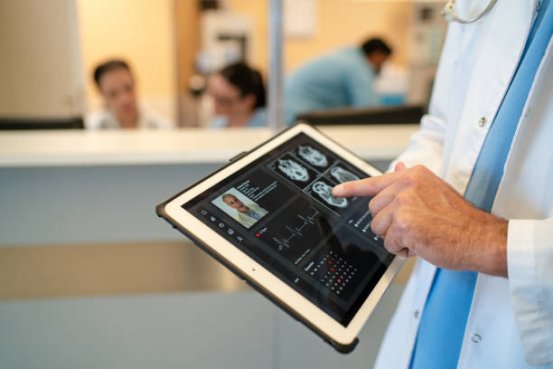Health
The Impact of EMR Systems on Healthcare Transformation
Across the U.S., hospitals have widely adopted EMR systems, reshaping how medical data is recorded, managed, and shared.
Across the U.S., hospitals have widely adopted EMR systems, reshaping how medical data is recorded, managed, and shared.

What Are Electronic Medical Record Systems?
Electronic Medical Records (EMRs) serve as digital replacements for paper charts, consolidating patient histories, diagnoses, treatments, and test results into one centralized platform. They provide healthcare professionals with quick, structured access to essential details, supporting more accurate clinical decisions. Features like drug interaction alerts, allergy notifications, and preventive care reminders further enhance safety and improve patient outcomes.
Unlike personal health records, which are patient-managed, EMRs are designed primarily for provider use. By contrast, Electronic Health Records (EHRs) support secure data exchange across different facilities, underscoring the role of interoperability and smooth information flow in modern healthcare.
Benefits of Electronic Medical Record Systems
EMRs optimize daily workflows by reducing paperwork and administrative tasks, enabling clinicians to focus more on patient care. Research shows that EMR adoption can nearly halve documentation time, greatly improving efficiency. Accuracy improves as well, lowering error risks and leading to better outcomes. Preventive care reminders help drive patient compliance, while built-in communication tools promote collaboration among providers, strengthening care coordination.
Challenges of Implementation
Despite their advantages, EMRs pose certain hurdles. The upfront investment—software, equipment, and staff training—can be significant, especially for smaller practices. Transitioning staff may resist moving away from paper records, temporarily disrupting efficiency. Effective training and continuous support are essential to ease this transition and ensure success.
Security of patient data remains a major concern. Systems must include strong cybersecurity measures and comply with HIPAA and related regulations to protect sensitive health information from breaches or misuse.
The Regulatory Landscape
The HITECH Act supports EMR adoption by encouraging meaningful use of health IT to improve both efficiency and patient outcomes. Meanwhile, HIPAA sets strict standards for privacy and security, ensuring proper handling of sensitive data and building trust between patients and providers. Meeting these requirements is vital for smooth integration of EMRs.
The Future of EMR Systems
Advancements in technology continue to expand EMR potential. Enhanced interoperability will allow seamless sharing of records between providers, improving coordination of care. Artificial intelligence and machine learning will support predictive analytics, pattern recognition, and better-informed clinical decisions.
Integration with telemedicine is also becoming central, as EMRs must adapt to virtual consultations, remote monitoring, and digital health tools. Future developments will further emphasize patient engagement, personalized care planning, and workflow automation, making EMRs more efficient and patient-centered.
Conclusion
EMR systems are redefining healthcare by advancing data accuracy, enabling provider collaboration, and streamlining clinical processes. While challenges such as high costs, cybersecurity risks, and staff adaptation remain, continuous innovation and regulatory guidance are driving EMRs toward a more integrated, secure, and patient-focused future.
How do you like this article?




